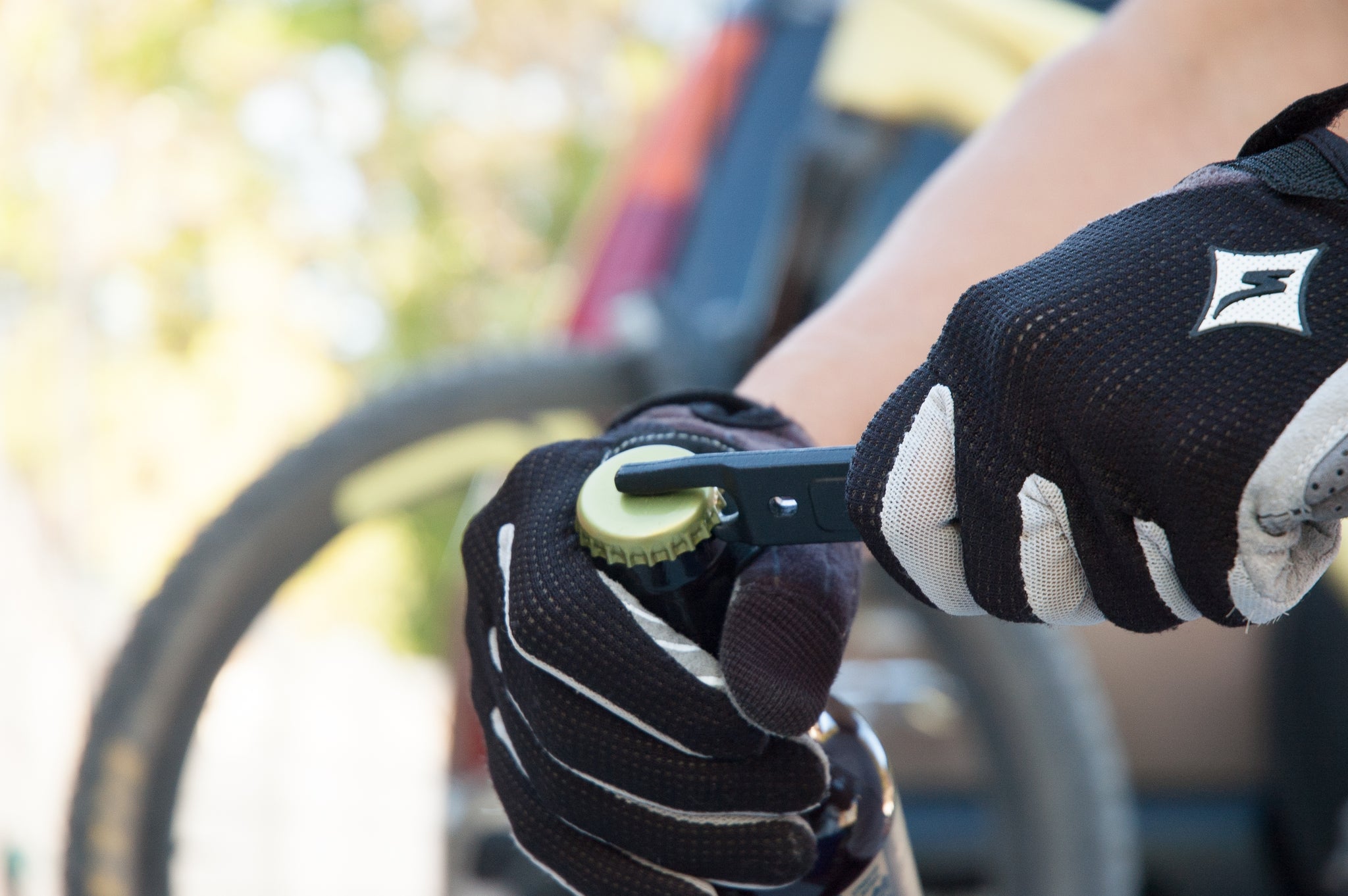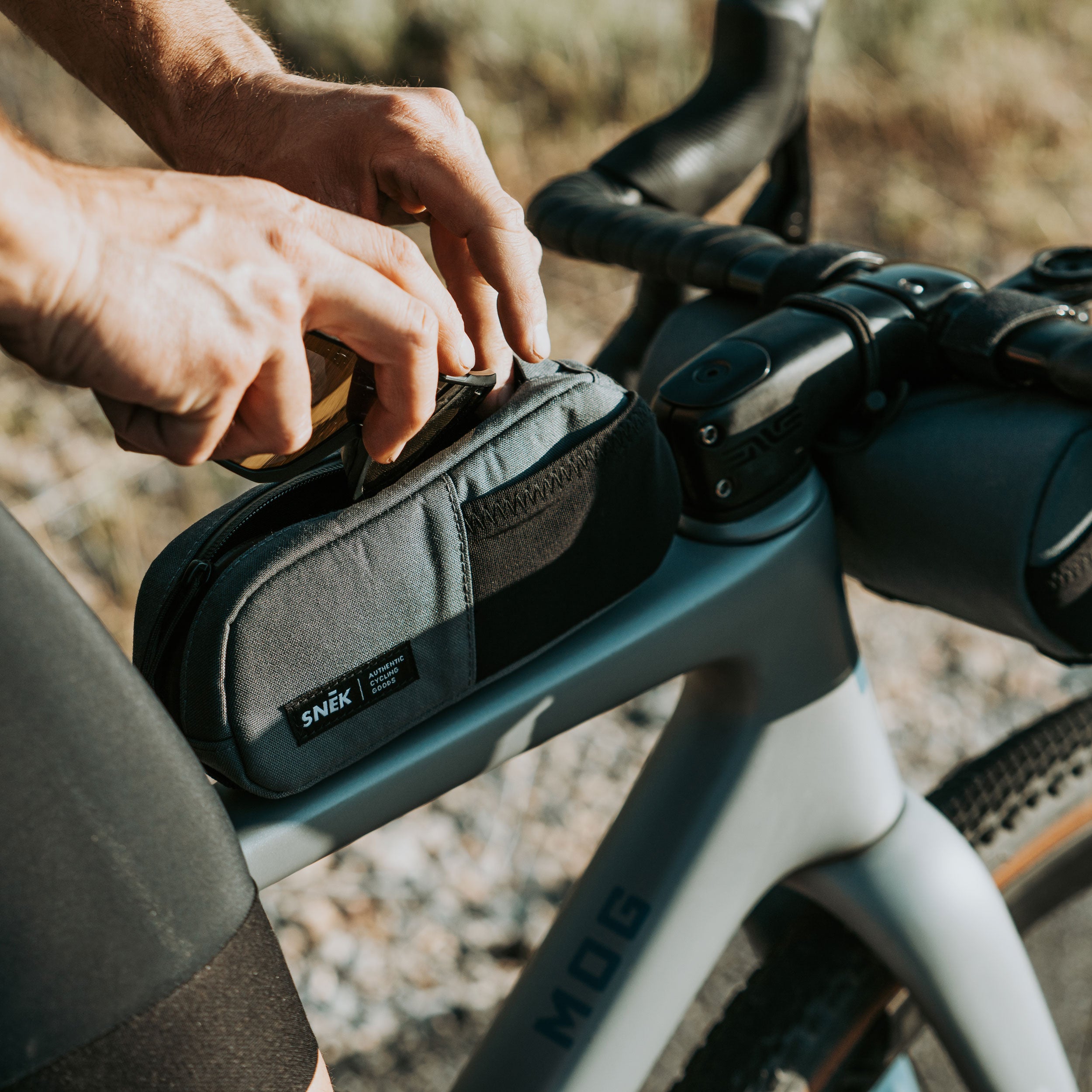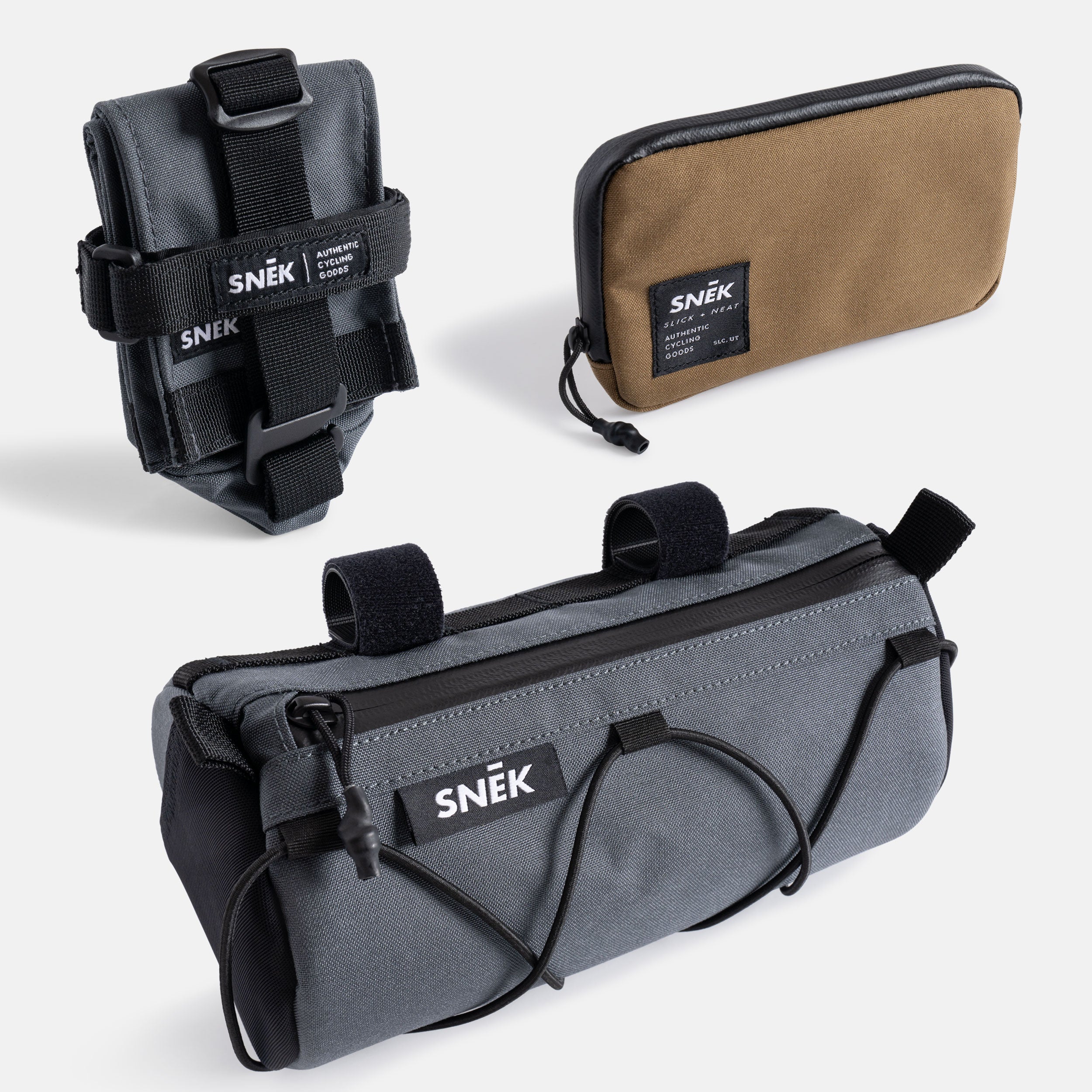Running tubeless tires has many benefits. It reduces weight, prevents flats, accommodates lower tire pressures for better traction and compliance, but it also comes with a few additional service requirements in order for it to function properly.
For flat prevention, sealant needs to be installed in your tubeless tires. Chances are, that if you run tubeless, you've probably formulated a love hate relationship with sealant. It can be a life saver when small punctures happen but it can also be a bit of a nuisance to install. First off it's messy, and can get on everything if not dealt with properly. It also dries up, needs replacing, and can clog and potentially seal things you don't want sealed, like your valve core.
But don't worry. Here we have a few tips to help you as you install and use sealant in your tubeless tires.
Install Sealant Through The Valve Stem

This is by far the cleanest and easiest way to install sealant. Simply remove your valve core by unthreading it from the valve stem with a Lifeboat Tire Lever or valve core remover, and inject with sealant. Most sealant manufacturers offer a syringe or some type of sealant injector. Make sure you have one of these. You'll find that simply pouring sealant into the valve stem isn't going to work.
Note: Refer to the sealant manufacturer's guidelines in regards to the amount of sealant to install. Different tire sizes and applications will require differing amounts.
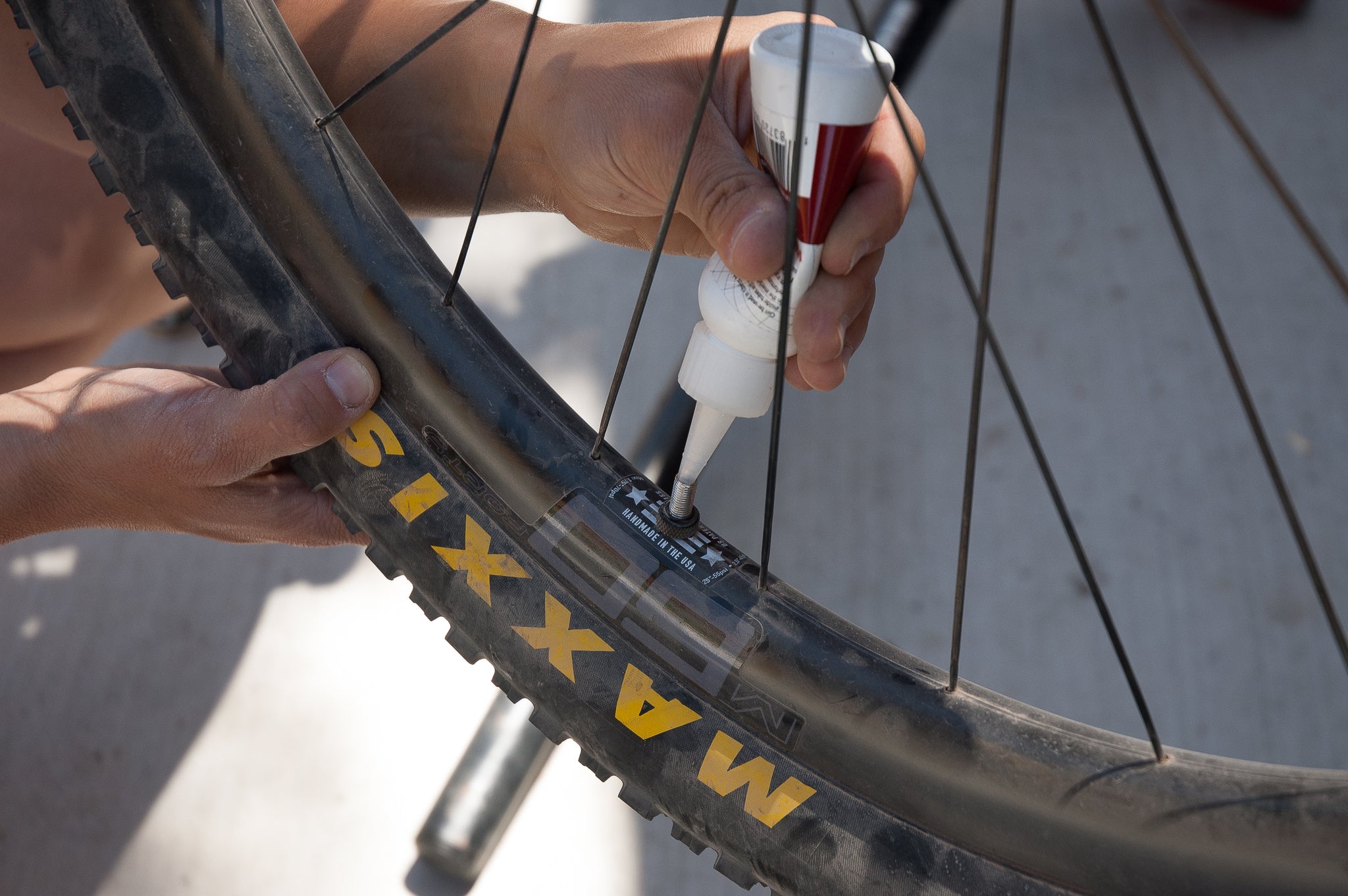
Check The Valve Core
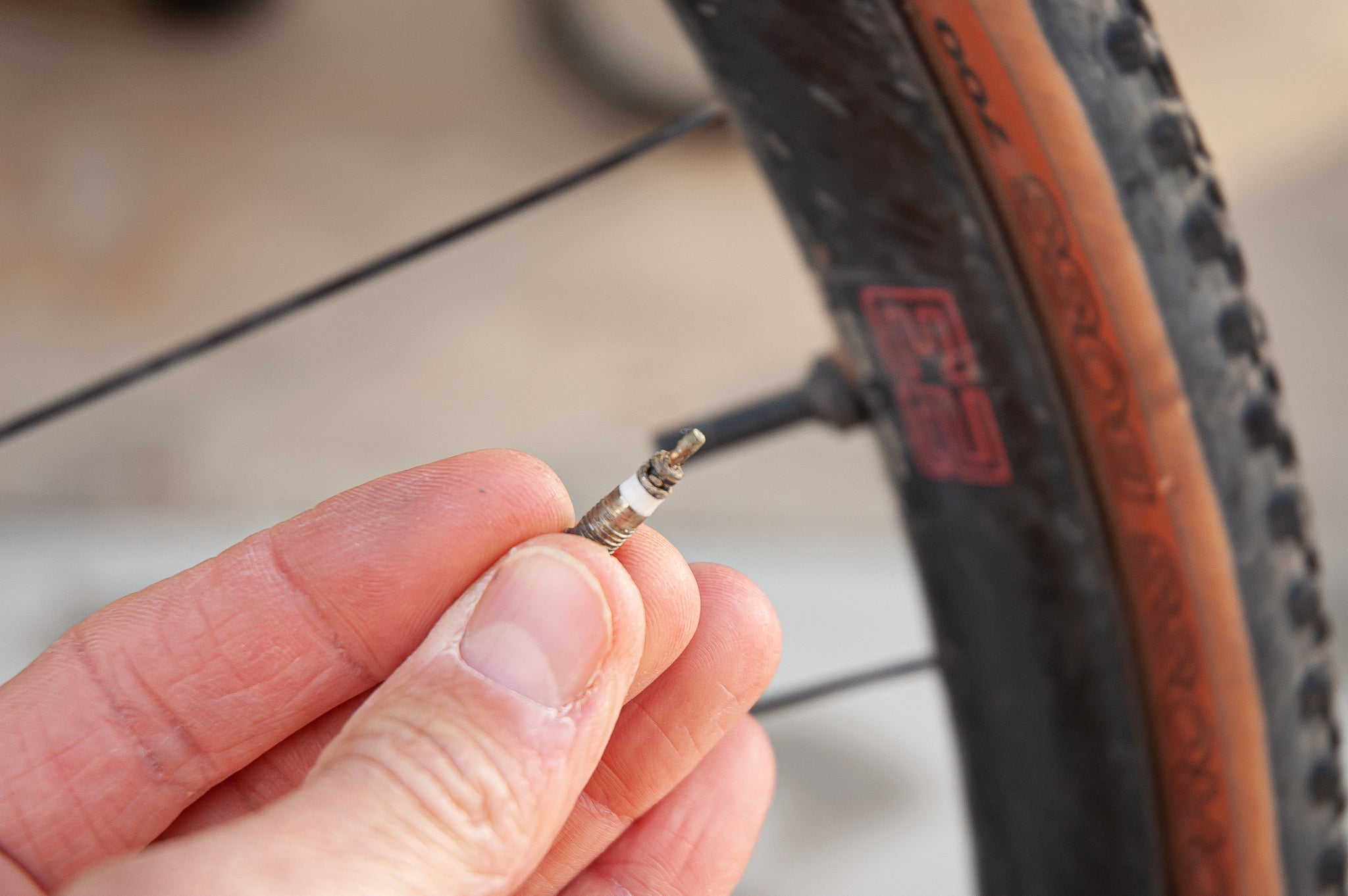
While the valve core is removed, check it. Now this valve isn't too bad, but you can see there is some sealant built up around the valve core's seal. Below is a example of a new valve core next to an old one so you can see the difference. We've also illustrated where sealant build up happens and causes problems with air flow.
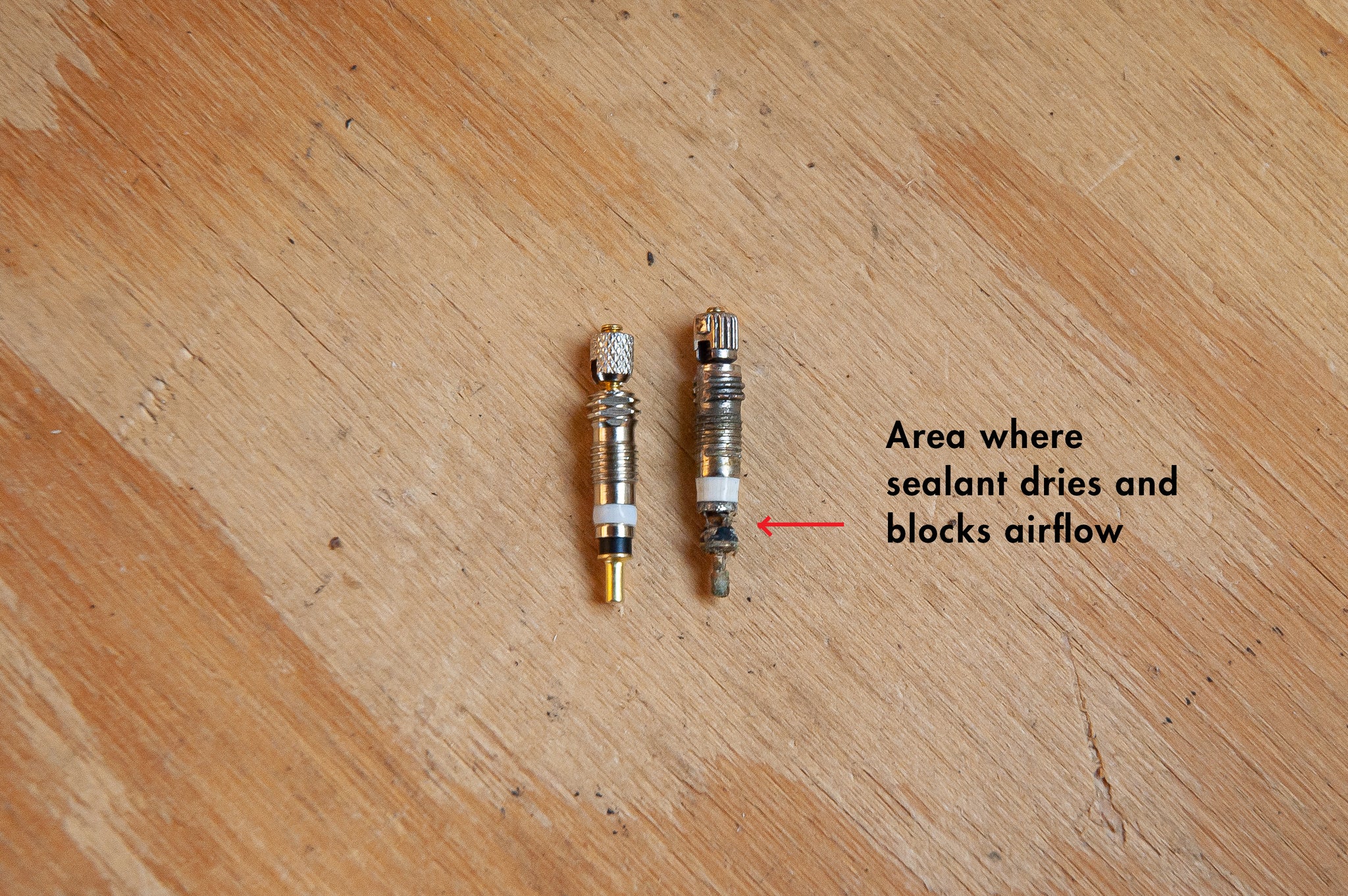
Sometimes you can remove the dried sealant from this area but other times you can't. If you can't, and the valve is too clogged or damaged, replace it.
Replace With New Valve Core
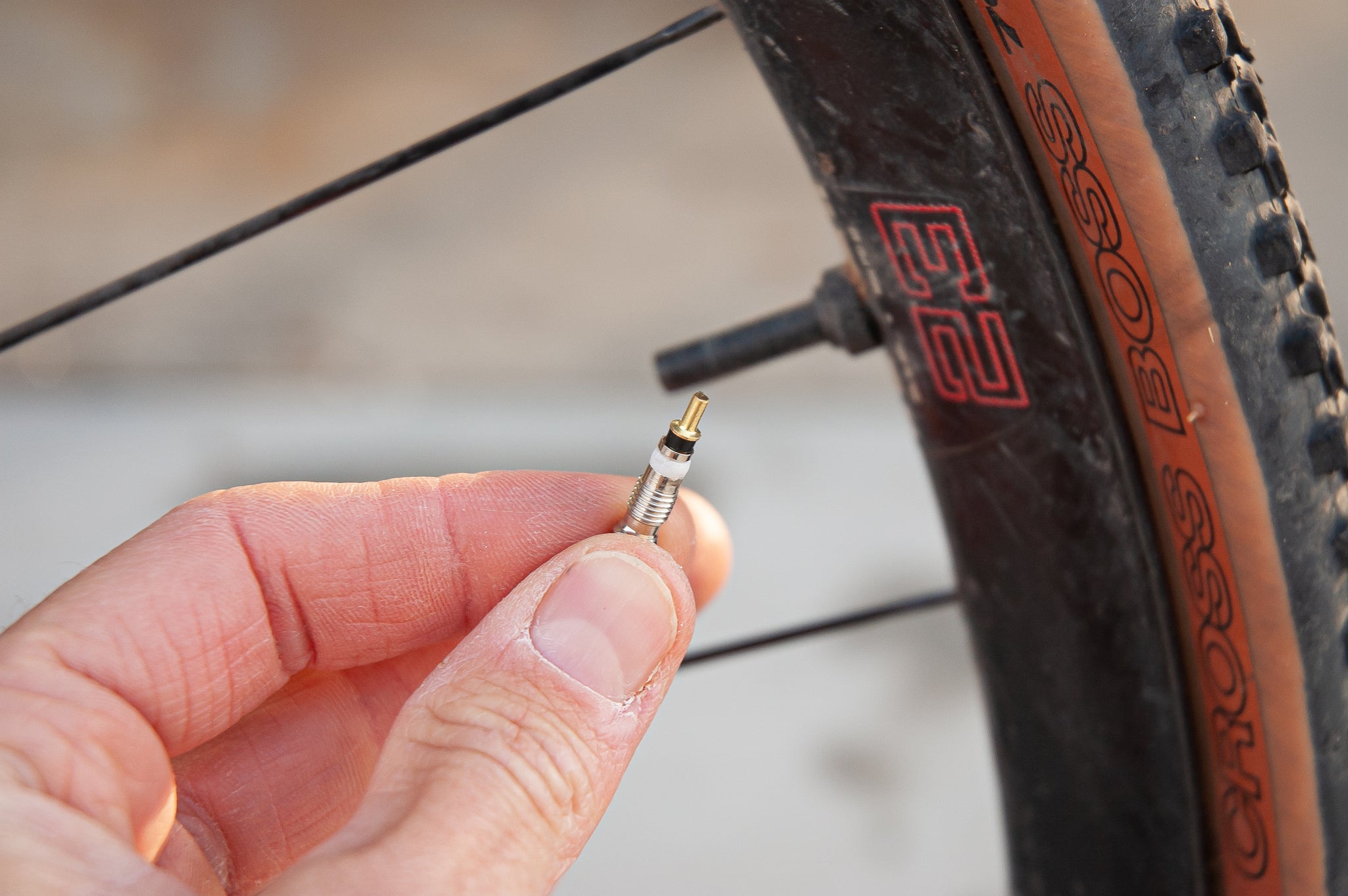
When installing the new or cleaned valve core, make sure it's fully tightened. You don't want it to loosen while riding or to unthread trailside when using a packable pump with a threaded pump head.
Inflate To An Accurate Tire Pressure
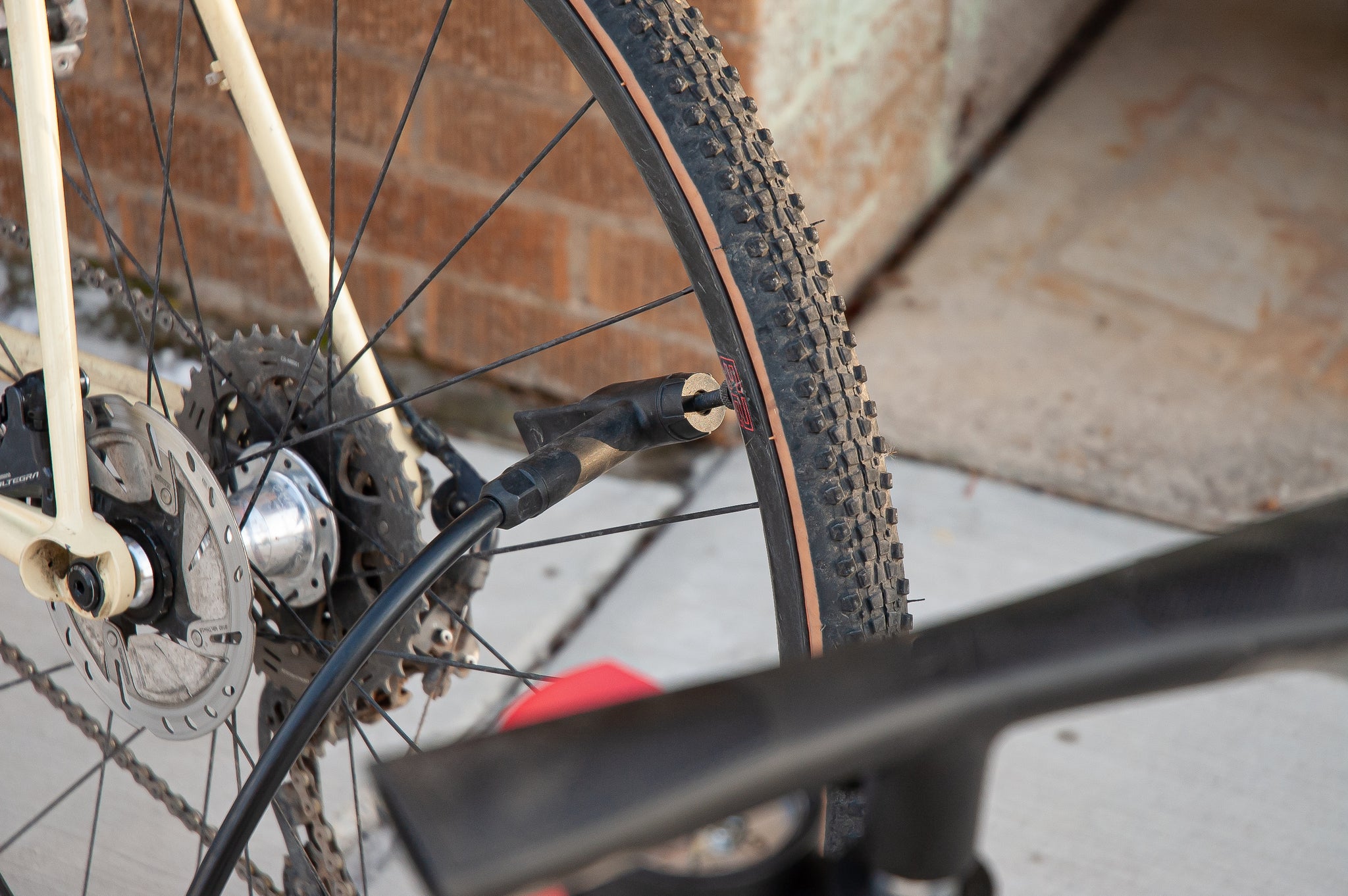
With a now clean valve core, which allows uninterrupted airflow, you can easily inflate the tire to get an accurate reading of tire pressure. You can run lower tire pressure with tubeless but make sure to inflate to the proper pressure for your weight and ride application. Tire pressure plays a big role in overall ride quality, compliance and traction. Here are a few resources to help you if you are unsure what tire pressure you should be running.
- Bicycling Mag: How to Achieve the Perfect Bike Tire Pressure
- ENVE: Tubeless Tire Pressure Recommendations
Enjoy!
